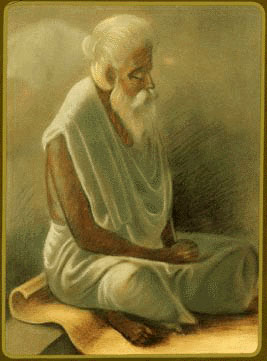Sri Yogaswami
From Hindupedia, the Hindu Encyclopedia
Sri Yogaswami was born in Sri Lanka in May 1872. Originally known as Sadasivan, he led a normal life till 1905, when he met his Guru with whom he stayed till the latter passed away in 1911. He spent the next few years in intense meditation. Soon his fame spread and people started visiting him. He started the journal named Sivathondan, meaning the servant of Siva, which became a popular vehicle of his messages. He traveled to India in 1940 and visited Kashi. He also met Ramana Maharshi. In 1961 an accident confined him to the indoors of his Ashram in Jaffna. Three years later, at the ripe age of 91, much to the chagrin of his devotees, the Swamiji passed away, leaving behind him a legacy that continues even today

